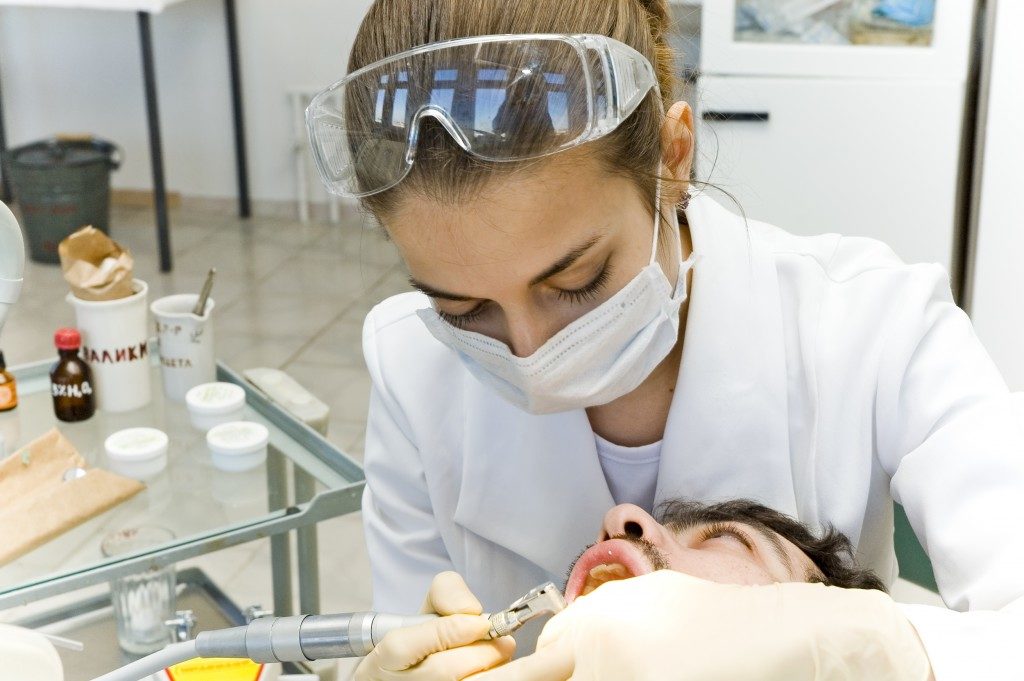Regular flossing and brushing are crucial elements of dental hygiene. Unfortunately, these are not the only aspects that will guarantee you optimal oral health. Prompt repair of teeth that have suffered various forms of damage is among the often overlooked aspects of dental health.
The common types of teeth damage include chips, fractures, and decay. Most people will consider these minor inconveniences, which do not impact their health much. The effects of damaged teeth are, however, far-reaching, as they provide an entry point for bacteria into your systemic circulation.
That said, tooth repair by a South Jordan-based dentist is essential regardless of the extent of the tooth’s damage. The dentist may different techniques and appliances for your tooth’s repair based on various factors. The following are a few of these options, along with some tidbits on what they entail.
Bonding
This is a conservative repair procedure meant for slightly fractured or chipped teeth. Before bonding, your tooth will be etched to roughen it and boost your bonding material’s durability. During the treatment, the dentist will place a resin that matches your teeth’s natural color on your damaged tooth’s surface. This resin will then be solidified and adhered to your tooth with a special UV light. Bonding is inexpensive and can be completed in one session.
Crowns

A crown or cap is used to cover the damaged part of your tooth. There are different dental crown options, including those made from porcelain, resin, ceramic, or metal. Metallic crowns are the strongest option but are not aesthetically pleasing. That said, they are usually used for repairing damaged molars and premolars.
Porcelain and resin crowns are typically used for the front teeth since they look like natural teeth but are not very strong. The installation of dental crowns takes two sessions. In the first visit, an impression of your teeth will be made and then sent to the lab to fabricate the crown, which will be installed during your next visit.
Veneers
A veneer is a thin tooth-colored shell made from resin or porcelain. Unlike a crown, dental veneers cover the entire damaged tooth’s front surface. The placement of your veneers starts with the filing of your tooth’s surface to remove 0.3-1.2mm of enamel since the veneers are thick. Your teeth’s impression is then sent to a lab for veneer fabrication. You will return to the dentist after 1-2 weeks. The veneers will be placed and held in place by a type of dental cement.
Root Canal Therapy
For extensive tooth damage in which your dental roots are exposed, a root canal is often the treatment of choice. The procedure involves the removal of your teeth’s pulp and cleaning of the exposed inner tooth’s components and then sealing it with a crown. A root canal leaves you pain-free and protects your inner tooth’s layers from further damage.
In case the above repair options cannot suffice for your tooth’s damage, it might need to be extracted. The gap left will afterwards be filled with an implant. These repair options will not only restore your tooth’s functions but also enhance the look of your smile and ease dental hygiene procedures.
